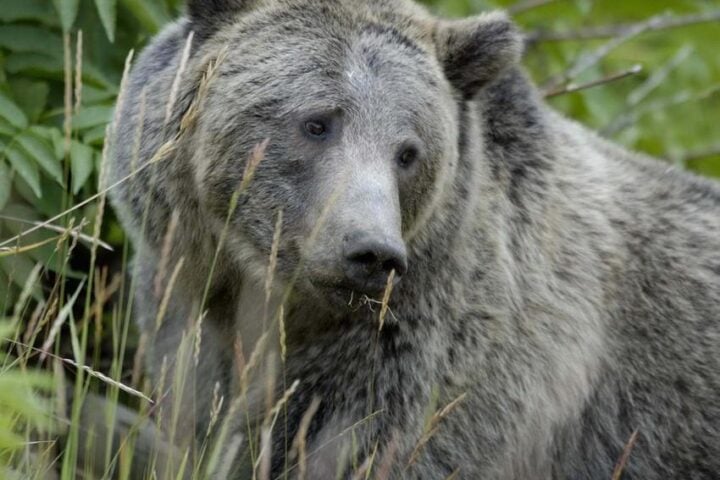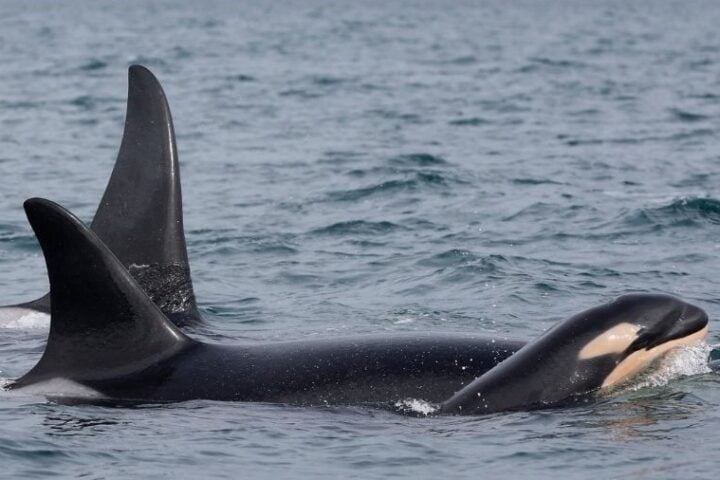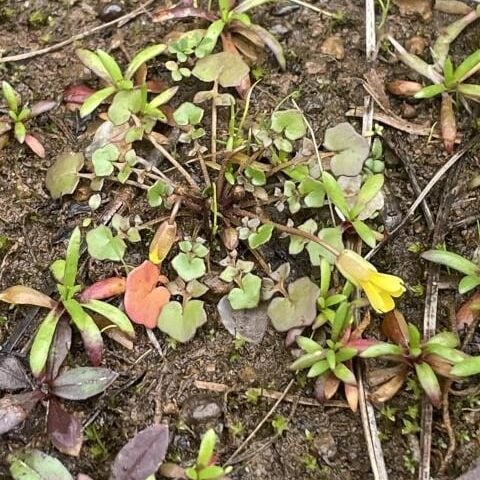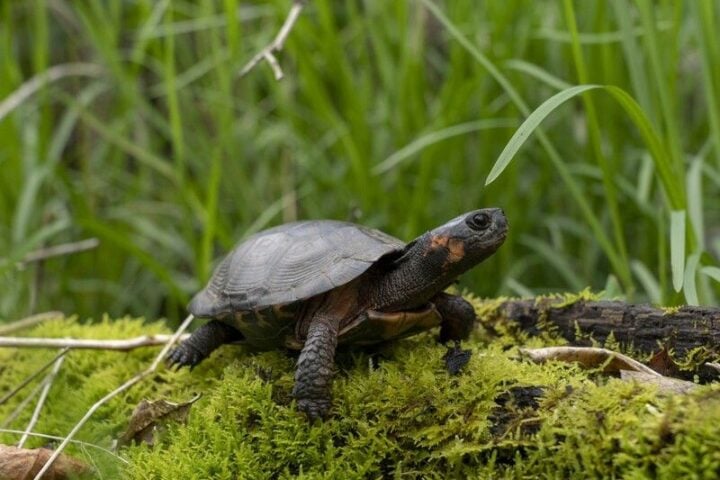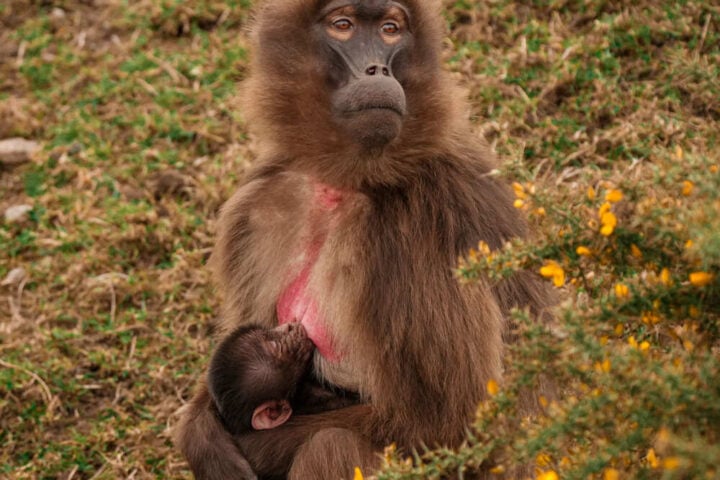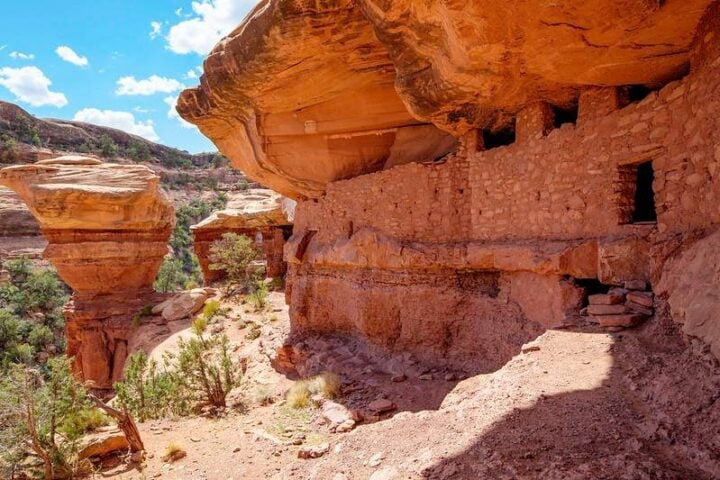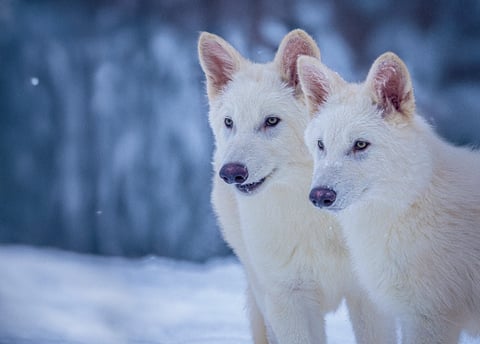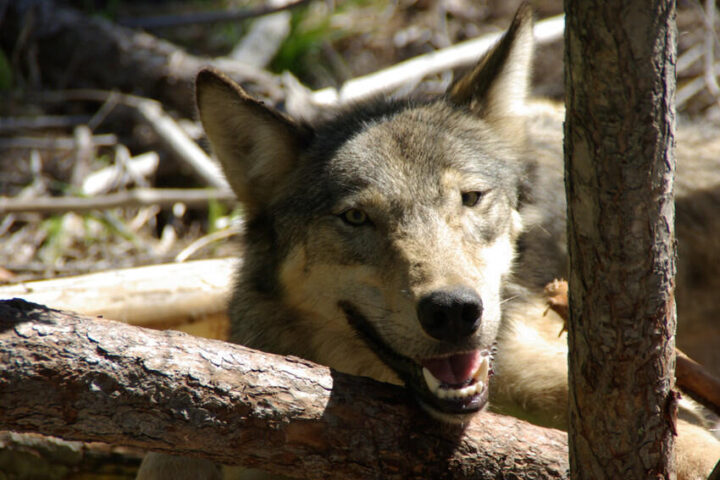New research shows that just putting boundaries around wildlife areas isn’t enough to protect endangered mammals. When human activities continue nearby, even protected areas struggle to keep their animal populations safe.
Michigan State University researchers discovered a troubling pattern: the more people live near protected wildlife areas, the fewer mammal species survive there. For every 16 people living within a square kilometer of a protected area, about 1% of mammal species disappear – even though these areas are officially protected.
“We found that tropical forests near more people have fewer mammal species. It suggests that some species do not survive even when forests are protected, such as in national parks,” explains Lydia Beaudrot, Assistant Professor at MSU’s Department of Integrative Biology.
To understand this pattern, researchers set up more than 2,000 camera traps in tropical forests across South America, Africa, and Asia. These cameras helped track 239 different types of mammals, showing how animal populations changed when humans lived nearby.
The research uncovered what scientists call “anthropogenic extinction filtering” – a process where human activities change which animals can survive in protected areas. Human presence acts as a filter that determines which species can continue to live in these areas, while others vanish from these spaces.
This matters because tropical forests, though covering less than 10% of Earth’s surface, are home to more than 60% of all known species. When people build homes, farms, or industries near these forests, it affects the animals inside. Currently, about 70% of tropical forest edges are within just one kilometer of human activity.
Similar Posts
“Human overpopulation has driven the most sensitive species to local extinction while remaining ones are able to persist, or even thrive, in highly populated landscapes and mainly depend on habitat cover,” explains lead researcher Ilaria Greco.
The research suggests that rather than creating isolated protected areas, these spaces need to be connected to create larger, uninterrupted regions for wildlife. The study shows that restoring habitat outside protected areas could create important space between human settlements and wildlife areas, helping more species survive.

Francesco Rovero from the University of Florence emphasizes that “conservation of many mammals in tropical forests depends on mitigating the complex detrimental effects of anthropogenic pressures well beyond protected area borders.” This means we need to look beyond just the protected areas themselves and consider how outside activities affect the animals within them.
Current worldwide conservation efforts, including the United Nations’ Decade on Ecosystem Restoration and Kunming-Montreal Global Biodiversity Framework, might need to change their approach based on these findings. Simply marking areas as protected isn’t enough – we need to consider how human activities, even far from forest boundaries, affect wildlife.

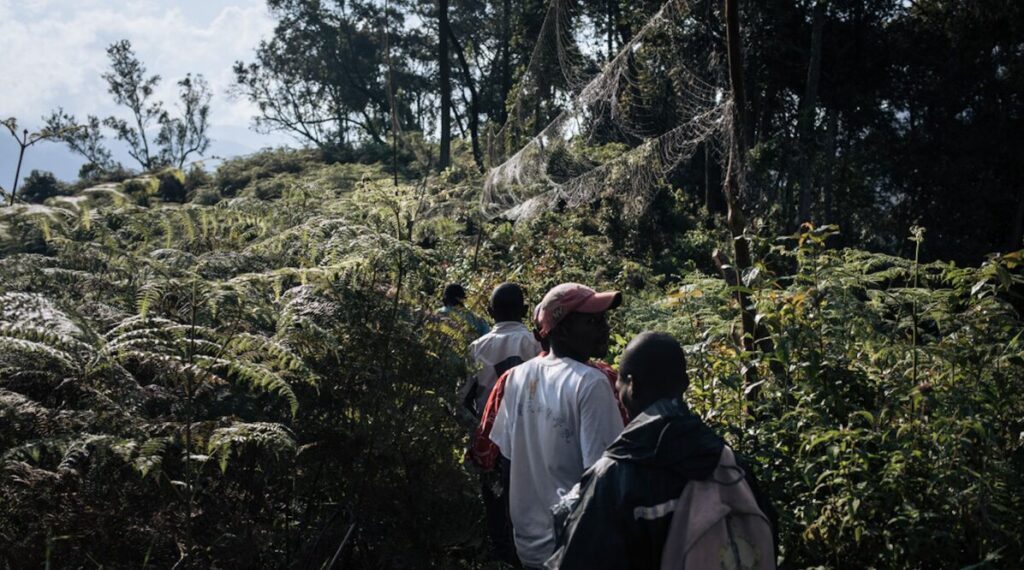

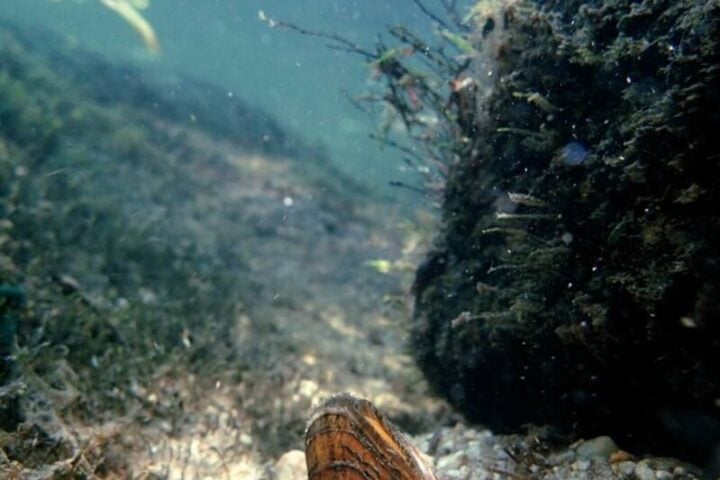
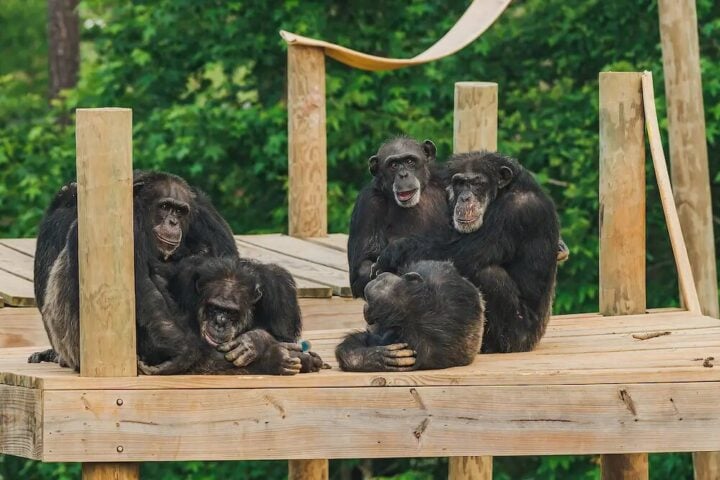

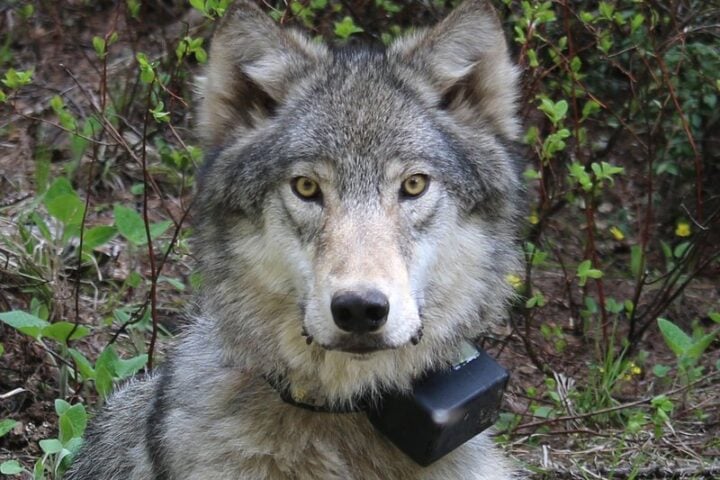
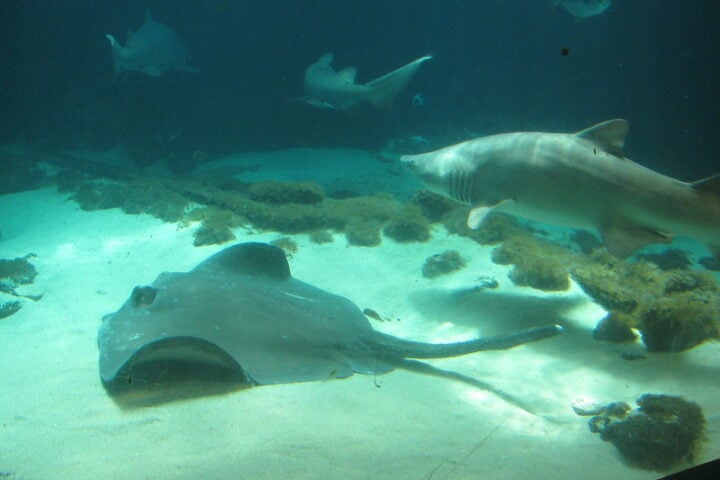
![Representative Image: European Starling [49/366]. Photo Source: Tim Sackton (CC BY-SA 2.0)](https://www.karmactive.com/wp-content/uploads/2025/04/Starlings-Drop-82-in-UK-Gardens-as-Birdwatch-2025-Reveals-Record-Low-Count-Since-1979-720x480.jpg)
